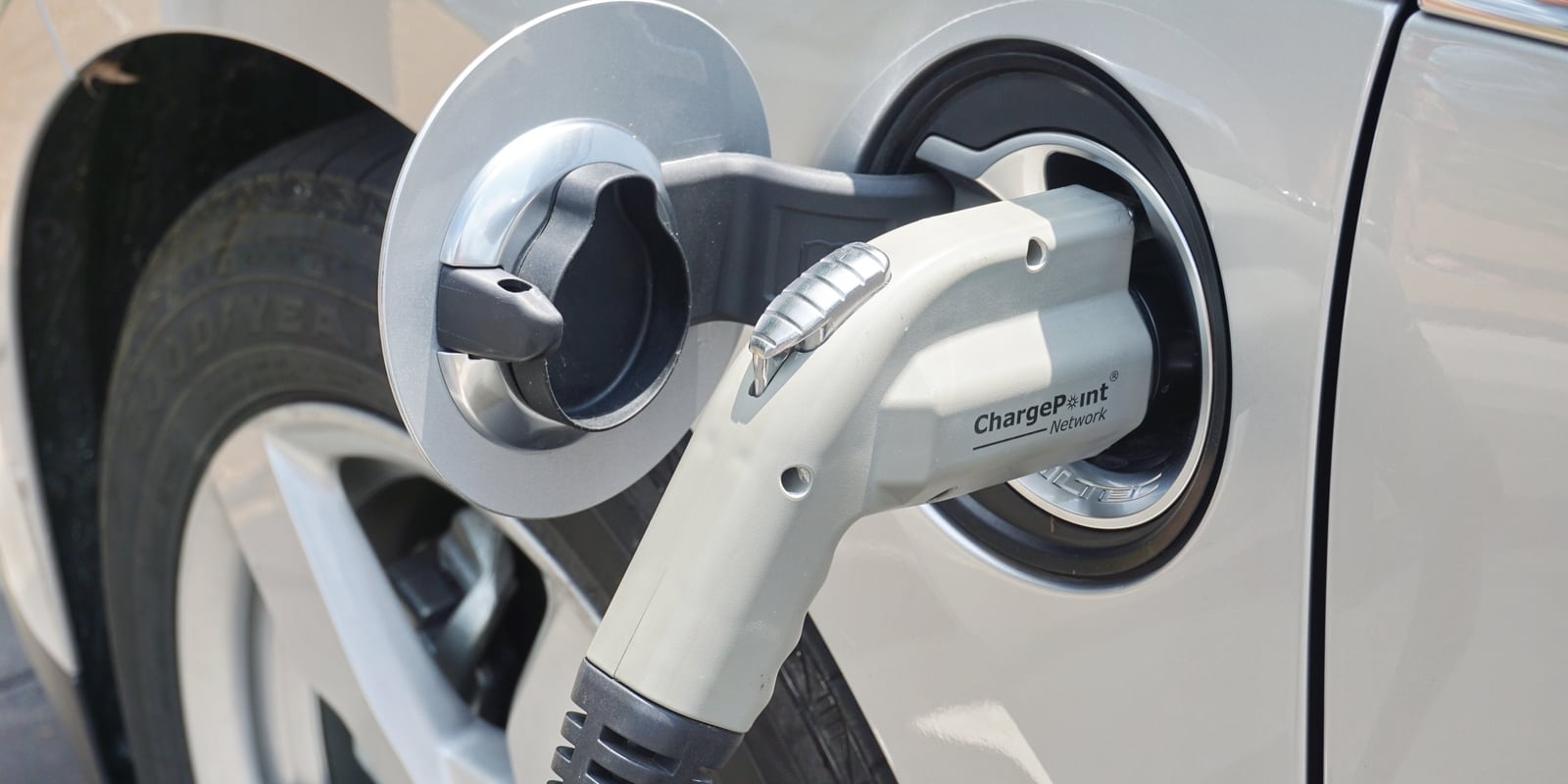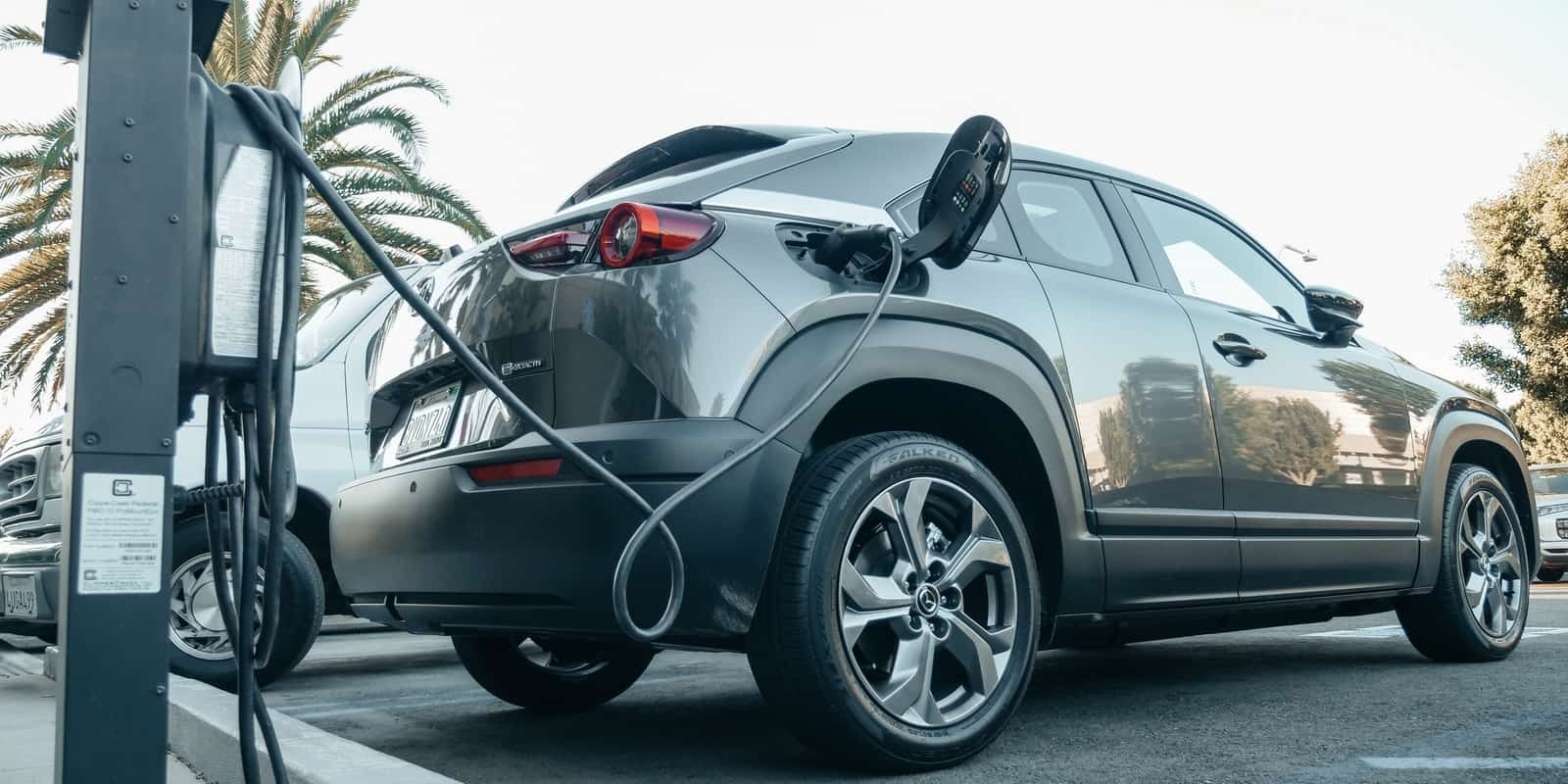The electric vehicle market: China versus the U.S.
The electric vehicle market in both China and the U.S. is vastly different in their approaches to electric cars. In this sector, the United States is experiencing rapid growth, while China has much more to improve its EV infrastructure.
Globally, electric vehicle sales are growing rapidly, and China is competing with the U.S. for the top spot. But which country will win? The answer may surprise you!
China's manufacturing base has grown so huge that it could quickly produce all the world's cars if it wanted to. As part of its government's aggressive plans to phase out fossil fuels and reduce pollution levels, the country has set aggressive targets.
The United States also wants to reduce dependence on foreign oil imports. Still, there are many barriers to the widespread adoption of electric vehicles here. Including higher prices, lack of infrastructure (such as charging stations), lower gasoline mileage per gallon equivalent compared with traditional fuel-powered cars, and uncertainty about how long batteries will hold their power.
China is trying to control the global electric vehicle market, which is heating up. To support EV sales, it has invested at least $60 billion, and by 2035, it plans to switch over to all-electric or hybrid vehicles.
The Chinese government uses various measures to promote electric vehicles, including tax breaks, subsidies, and the use of privileges on roadways.
Meanwhile, the United States is also investing heavily in electric vehicles and has set a goal to achieve it by 2030. The country has different aims and focuses on the purchase price of EVs to make them more appealing.
The two countries need to decide how they will approach the electric vehicle market. Whether the purchase price is their priority or if they will invest in the infrastructure for the sector.
But Beijing's enormous subsidies for EVs raise eyebrows, even leading some to suggest that these generous incentive programs should be phased out. For one thing, China's electric car market depends more on subsidies than other countries do. They were a call for "reasonable" or "appropriate" levels of support to maintain stable demand for EVs.
In 2019, Tesla gained access to the Chinese industry and saw rapid progress. The company began construction on a new plant in Shanghai and assembled cars there, though they still can't be sold to Chinese consumers.
In the United States, the electric vehicle market is growing rapidly, but there are some notable differences between the two countries. Both markets have their advantages and disadvantages regarding electric vehicles, which we will discuss here.
1: Subsidies are vital for China's EV market
China has implemented several measures to promote EVs, but subsidies are used frequently by the government to encourage people to buy them. The major subsidy scheme is the New Energy Vehicle (NEV) incentive, which offers EV buyers in China incentives. The incentives include tax breaks, financial benefits, lower electricity rates for car charging stations, discounts or waivers for driving licenses, and toll fees.
2: Charging stations are growing in the U.S.
The major challenge of electric vehicles is where to charge them when they run out of battery power. Infrastructure for charging stations has lagged for years. Still, the United States has recently started to address this problem by providing more resources and incentives for people to construct these facilities.
3: The sales price of Chinese EVs will be on par with foreign models
Chinese automakers have been developing new energy vehicles (NEVs) for years now, but most of them were low-end, cheap models until recently. It looks like these days are gone. However, as forward-looking companies have been pushing to improve their electric vehicle technology in recent years, the quality of their EVs has improved. The new models are not only selling well in China, but they are also on par with foreign brands in terms of price.
EV volumes indicate that China did distribute roughly 1 million more EVs in 2020 than the U.S. However, there is evidence that the U.S. is becoming increasingly committed to electric vehicles. As part of his green infrastructure plan, President Joe Biden aims to reach net-zero emissions by 2050. Meanwhile, General Motors has announced that exclusively electronic cars will be offered by 2035.
Written By
autoMAG




